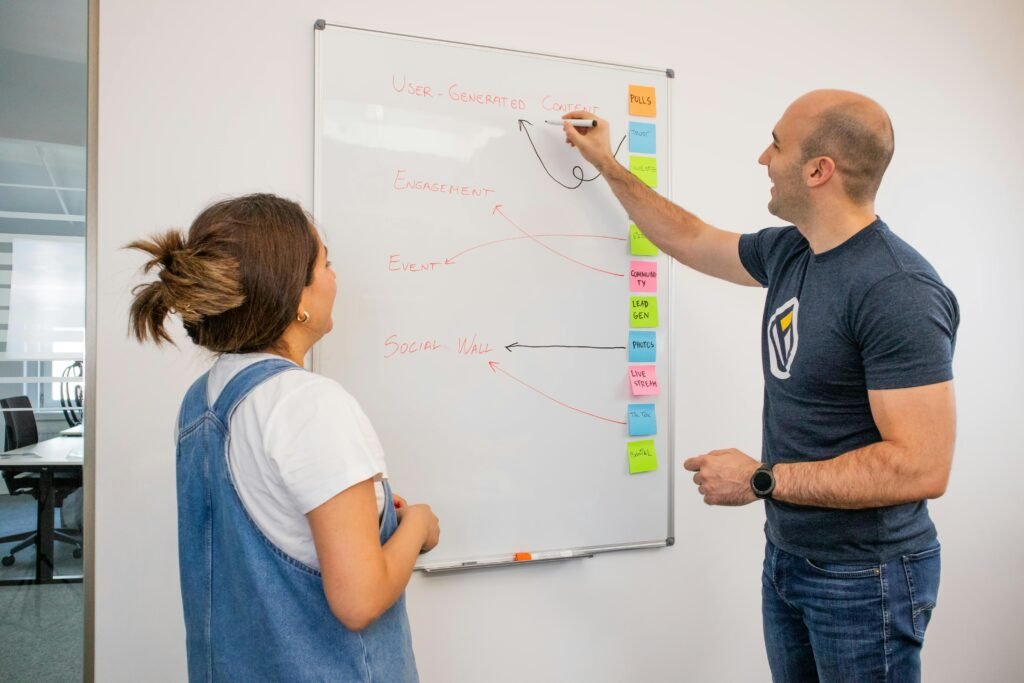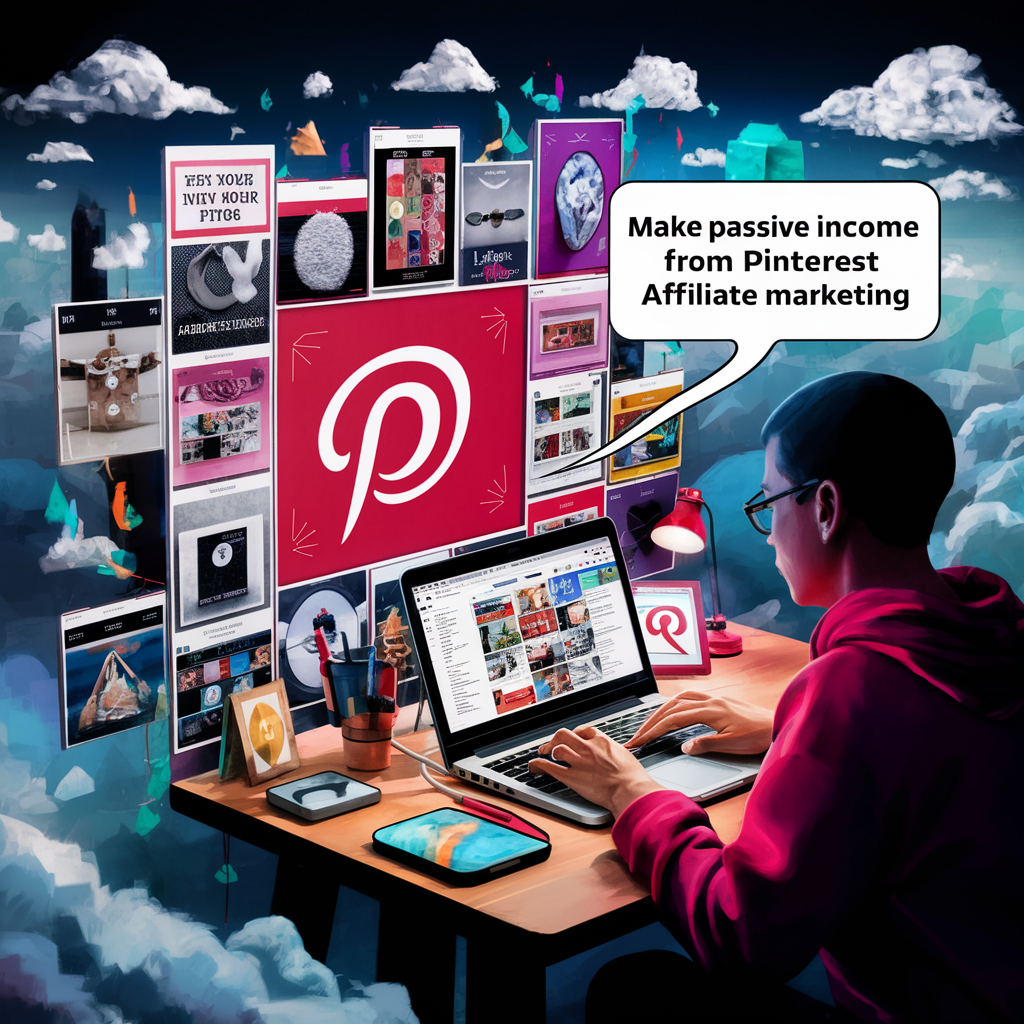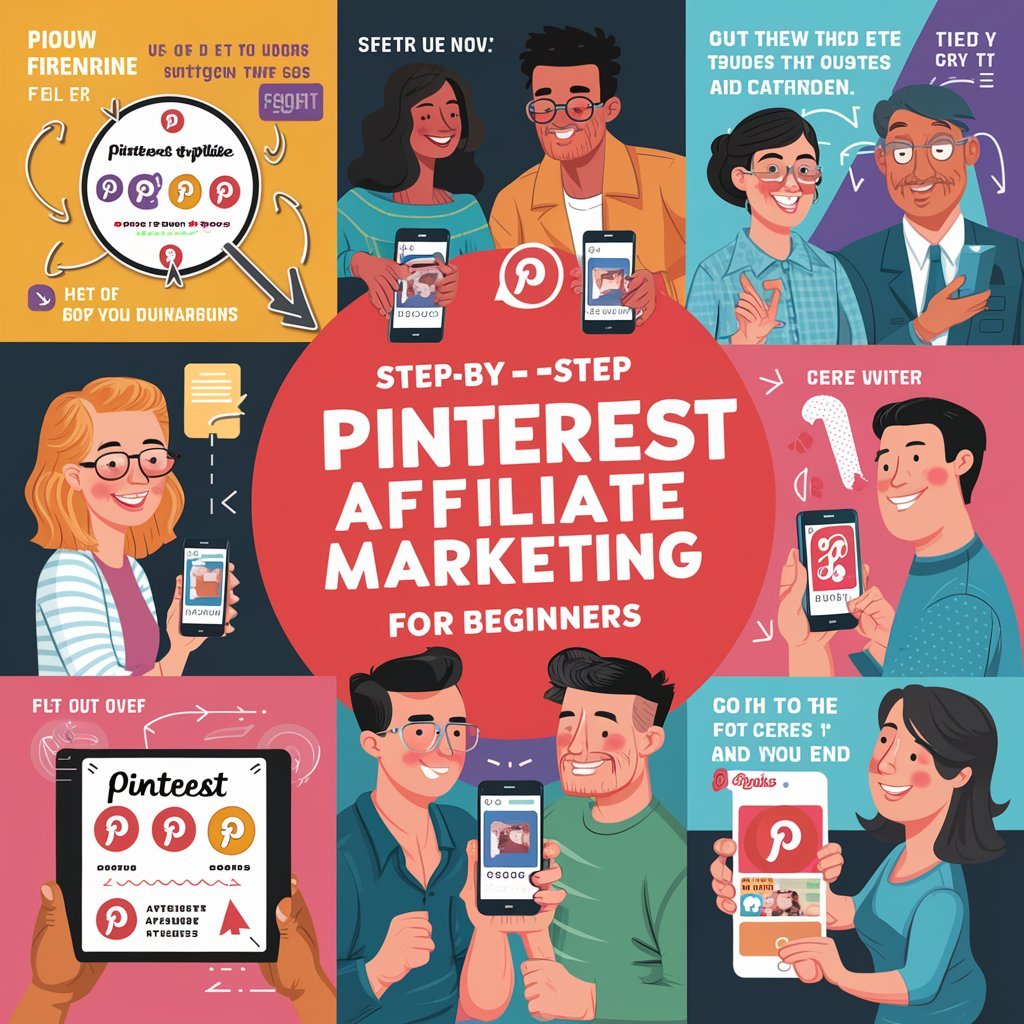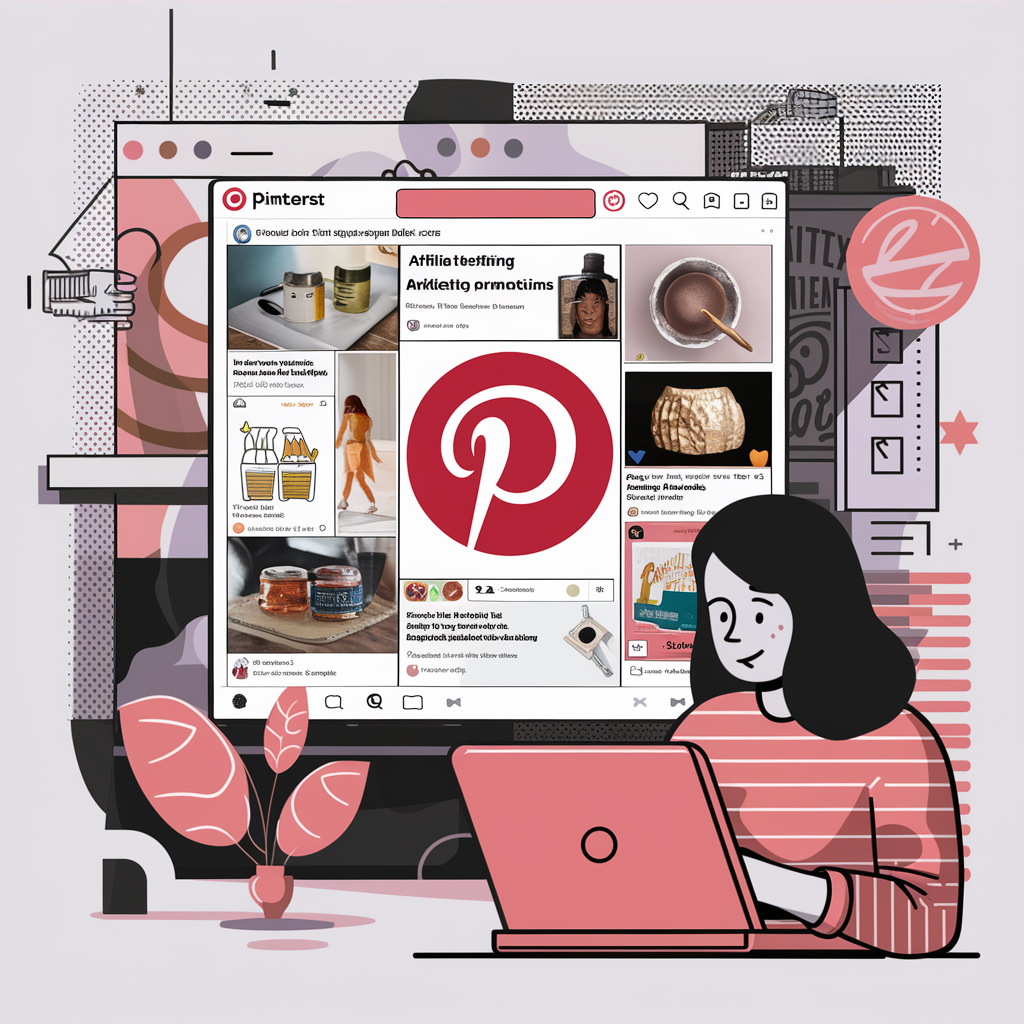Introduction: How To Do Affiliate Marketing On Pinterest:
how to do affiliate marketing on pinterest Now: Everyone enjoys a good success story, let’s face it. particularly if it entails converting a pastime into a lucrative side business (or even a full-time salary!). If you’ve ever browsed Pinterest’s never-ending inspiration board, you may have wondered if it’s possible to earn money using this website. Without a doubt, the answer is yes! I’m here today to discuss how using Pinterest affiliate marketing transformed me from a casual pinner into a successful affiliate marketer and increased my revenue dramatically.

1:From Inspiration to Profit:

The first thing you need to know is How To Do Affiliate Marketing On Pinterest before jumping into this business. My Path on Pinterest :Let me briefly introduce myself to you before getting down to business. I wasn’t always an expert on Pinterest. I used to love to look through gorgeous photos and do-it-yourself crafts, but I never really thought of it as a way to make money. Everything changed when I learned about affiliate marketing. I was intrigued by the prospect of earning a commission for each sale while endorsing goods that I actually believed in.
2:What is Pinterest Affiliate Marketing? Or: how to do affiliate marketing on pinterest
This is important to understand how to do affiliate marketing on pinterest or what is Pinterest affiliate marketing. For those who are unaware, affiliate marketing enables you to market the goods of other businesses and get paid a fee for each transaction you bring in. With its eye-catching aesthetic and emphasis on exploration, Pinterest is the ideal venue for showcasing these goods. You design visually appealing pins that connect to product pages; you get paid when a customer clicks on your pin and completes a purchase. It sounds easy, doesn’t it? That’s the main idea, though there’s undoubtedly more to it. The Tipping Point: Adopting a Strategic Foundation At first, I used Pinterest in the same way that most other people do: I made haphazard boards with everything I saw. Even while it was visually appealing, affiliate marketing success wasn’t precisely guaranteed. I understood that I required a calculated strategy. What changed the game for me was this:

3:Finding My Niche:
Finding a niche that appealed to me and had affiliate potential was the first step. I was drawn to do-it-yourself projects and home décor since these were areas in which I truly had knowledge and enthusiasm. I was able to select excellent pins that were pertinent to a certain audience thanks to this emphasis. Keyword Research: Pinterest users utilise keywords to find what they’re looking for, much like they do with Google searches. I began looking at trending keywords associated with my selected market. This made it easier for me to write intriguing pin descriptions that would make my pins appear higher in Pinterest searches and get more attention from users.
4:Making Eye-Catching Pins:
On Pinterest, images really do speak louder than words. I took the effort to craft excellent pins that were both educational and aesthetically pleasing. My motto evolved into attention-grabbing images, distinct headings, and succinct descriptions that include pertinent keywords. Creating Interesting Boards: I didn’t merely slap pins on any old board. I made well-structured boards with distinct topics that appealed to my intended audience. This made it easier for users to browse my material and find pins that matched their interests. Storytelling with Pins: Adding a narrative touch to my pins is crucial, even though I still value beautiful images. I included personal touches, advice, and insights in the descriptions to engage viewers and pique their curiosity.
5:Customising Pins for Various Devices:
People use laptops, desktop computers, and mobile devices to browse how to do Pinterest affiliate marketing. To guarantee a consistent user experience across devices, I made sure my pins were optimised for all screen sizes. The Influence of Relentless Anchoring It was an ongoing endeavour. Success is largely dependent on regular pinning. I created a routine for making and posting new pins on a regular basis. This made sure my material remained current on the platform and kept my audience interested. I also looked into Tailwind, Pinterest’s scheduling service, to expedite the process and post pins at the best times for maximum visibility.

6:Monitoring and Evaluation of Performance:
In how to do Pinterest affiliate marketing, data is a valuable resource. I started monitoring my pins’ performance with Pinterest Analytics. This gave me more insight into the pins that my audience connected with the most, the kinds of material that did well, and the keywords that generated the most traffic. I was able to continuously hone my approach and concentrate on material that brought in clicks and conversions because to this data-driven approach. Developing Community and Trust There is more to affiliate marketing than just pressuring customers to buy things. It all comes down to earning your audience’s trust. I participated in pertinent group boards, answered questions, and actively engaged with comments on my pins. This created a feeling of community and proved that I was more than just a salesperson; I was a trustworthy information source
7:The Sweet Reward:
Using Pinterest to Increase Income The outcomes were very telling. I noticed a noticeable rise in traffic to my pins over time, which led to an increase in clicks and, eventually, affiliate purchases. My earnings began to rise gradually, and in a matter of months, Pinterest affiliate marketing emerged as a noteworthy revenue stream for me. If you understand that How To Do Affiliate Marketing On Pinterest then this business is easy for you.It wasn’t simple; it required commitment, hard work.



